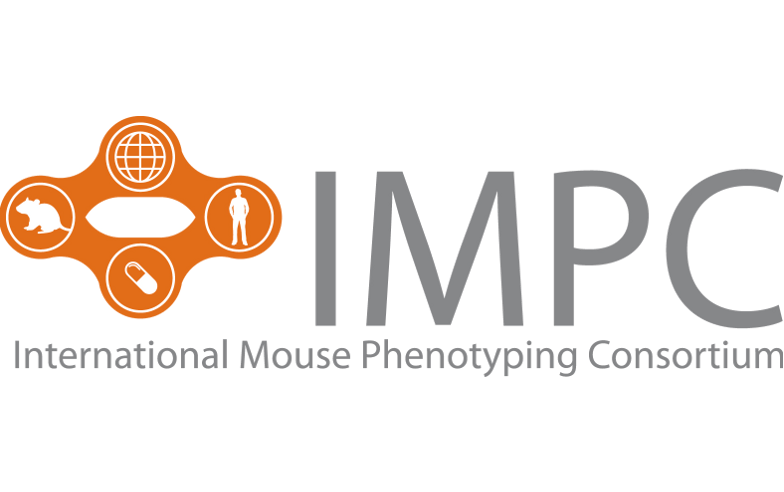|
초록
|
Skeletal muscle possesses plasticity and adaptability to external and internal physiological changes. Due to these characteristics, skeletal muscle shows dramatic changes depending on its response to stimuli such as physical activity, nutritional changes, disease status, and environmental changes. Modulation of the rate of protein synthesis/degradation plays an important role in atrophic responses. The purpose of this review is to describe different features of skeletal muscle adaptation with various models of deceased use. In this review, four models were addressed: immobilization, spinal cord transection, hindlimb unloading, and aging. Immobilization is a form of decreased use in which skeletal muscle shows electrical activity, tension development, and motion. These results differ by muscle group. Spinal cord transection was selected to simulate spinal cord injury. Similar to the immobilization model, dramatic atrophy occurs in addition to fiber type conversion in this model. Despite the fact that electromyography shows unremarkable changes in muscle after hindlimb unloading, decreased muscle mass and contractile force are observed. Lastly, aging significantly decreases the numbers of muscle fibers and motor units. Skeletal muscle responses to decreased use include decreased strength, decreased fiber numbers, and fiber type transformation. These four models demonstrated different changes in the skeletal muscle. This review elucidates the different skeletal muscle adaptations in these four decreased use animal models and encourages further studies.
|






